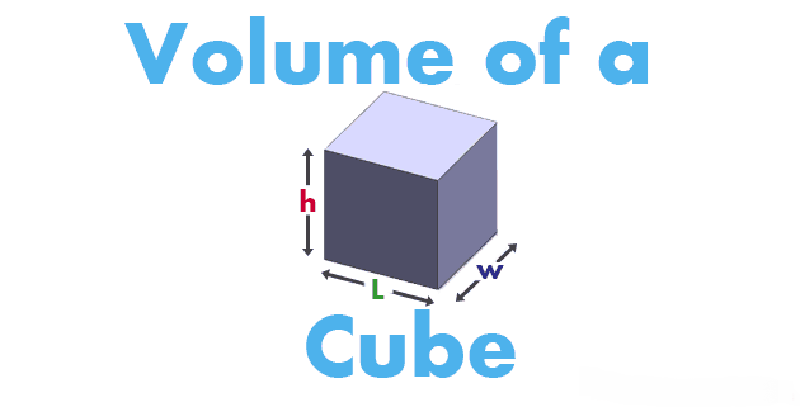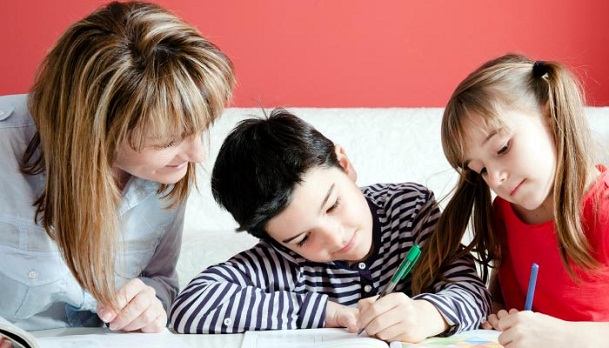Everyone deserves to have access to an exceptional education. Children, no matter where they come from, need to be given the resources to succeed. That is where technology can be helpful. Technology has come a long way during the past few decades, and has made a significant difference in the ability of everyone to access educational resources. What are some of the top examples of how technology can improve education? Take a look at several examples below, and make sure every child has access to the resources he or she needs to get a good education.
Virtual Reality Is Changing Education
One of the biggest developments during the past few years has been the growth of virtual reality. Virtual reality is often something that is associated with video games, but it is also making an impact on education. For example, instead of children having to take a field trip to go somewhere, they might be able to experience that virtually. A teacher who is giving a lesson on the Great Wall might be able to take children on a virtual field trip along the wall itself. Therefore, virtual reality can significantly improve a child’s educational experience.
Virtual Textbooks Prevent Injuries
One of the most common complaints of parents during the past few years has been that textbooks are too heavy. When children are asked to carry around multiple textbooks in their backpacks every day, they can develop back pain. Now, thanks to technology, it is possible for children to download virtual copies of their textbooks. This means they do not necessarily need to carry their textbooks between home and school. The textbooks can stay in the locker, and they might have a virtual copy they use at home. Therefore, virtual textbooks have the potential to prevent serious injuries.
Diversifying Education To Meet the Needs of the Children
The internet also allows educators to diversify their content to meet the needs of children. Some children learn better through auditory lessons. Other children might learn better through visual lessons. Some children require a hands-on experience. Now, thanks to Internet service for nonprofit organizations, it is possible for teachers to customize their lessons to meet the needs of their classes. Because every child learns differently, Mobile hotspots for schools give reliable access to educators and children, allowing them to figure out how they learn best. The internet is having a significant impact on how teachers and children exert control of their educational experiences.
Research More Quickly
One of the biggest benefits of internet access is that children, teenagers, and students can complete research papers more quickly. Now, students do not have to worry about making a trip to the library to check out the books they need to complete an assignment. All they need to do is use search engines to locate the research articles they need to complete the paper. This means that children can spend more time reading articles that are relevant to the task at hand and last time walking up and down the aisle trying to find a book that may have been misfiled.
Looking to the Future of Education
These are just a few of the many ways that technology is changing education. It is important for educators to make sure they capitalize on these resources. As technology continues to improve, these resources will become more available. They have the potential to dramatically improve the educational experiences of children across the world. Anyone who is having a difficult time incorporating new technology into their child’s education should reach out to a professional who can point them in the right direction.








